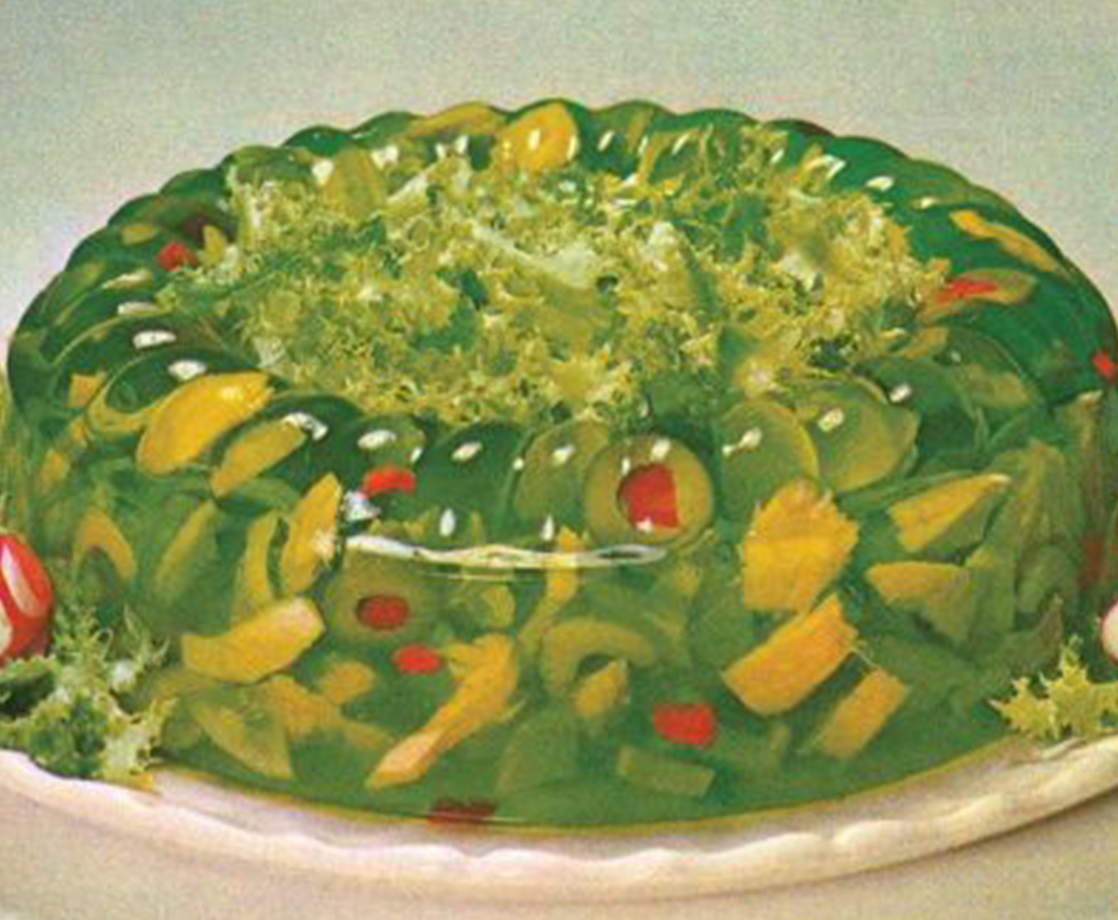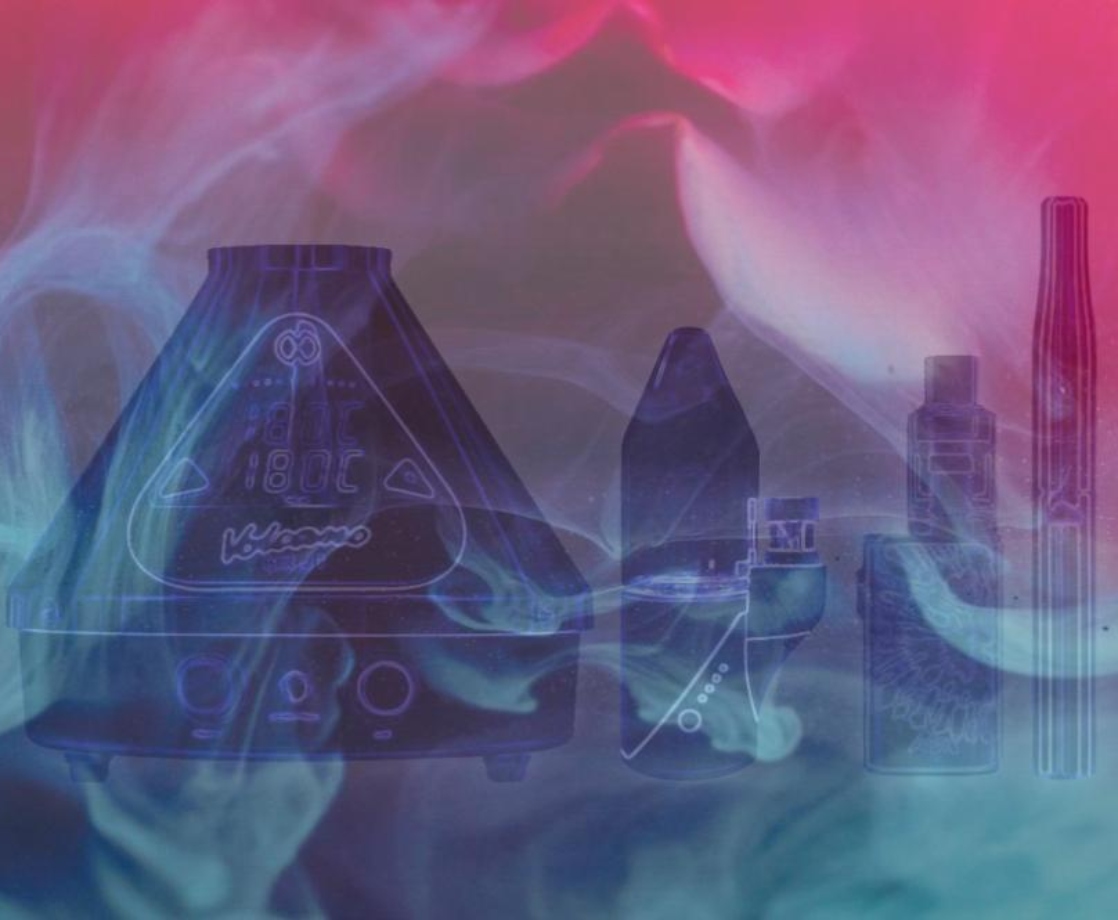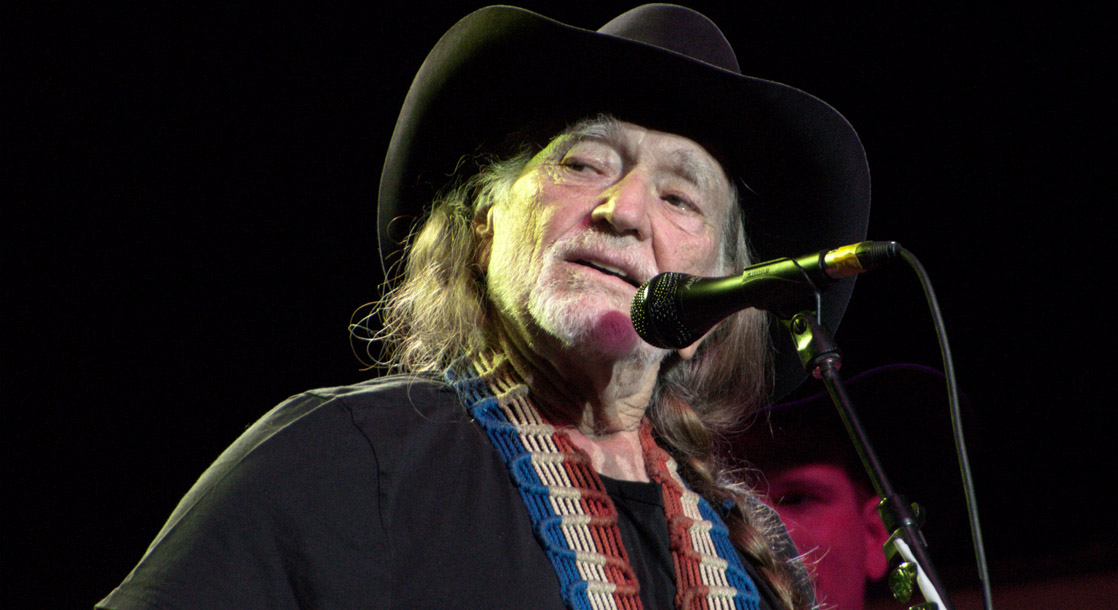All images courtesy of Christina Ward
American Advertising Cookbooks: How Corporations Taught Us to Love Spam, Bananas, and Jell-O by Christina Ward (Process Media, 2019) is a deep dive tour into the 20th Century’s cutting-edge test kitchens and big money taste manipulation that laid the foundation for contemporary culinary culture.
Lavishly illustrated with images and recipes from Ward’s own collection of cooking ephemera, American Advertising Cookbooks is, at varying points, both mouth-watering (Dr. Pepper chicken!) and stomach churning (ham bananas in cheese sauce), but never less than deliciously mind-blowing.
Beyond just the food itself, though, Ward profiles the chefs, scientists, ad men, and madmen who permanently whet U.S. appetites. She also exposes the untold role that pineapples played at the onset of the American colonies being settled, how bananas sparked armed conflict throughout the 20th Century, and the intense psychology that goes into dressing up ad mascots.
In our modern age of intoxicating edibles, American Advertising Cookbooks is a blast from a past where such notions had a different meaning — although the products, recipes, and key figures all embraced some seriously tripped-out ideas regarding taste. Ward took time to once again talk to MERRY JANE about the druggy aspects of these anachronistic food texts, and she even created a new recipe for us. Open wide!
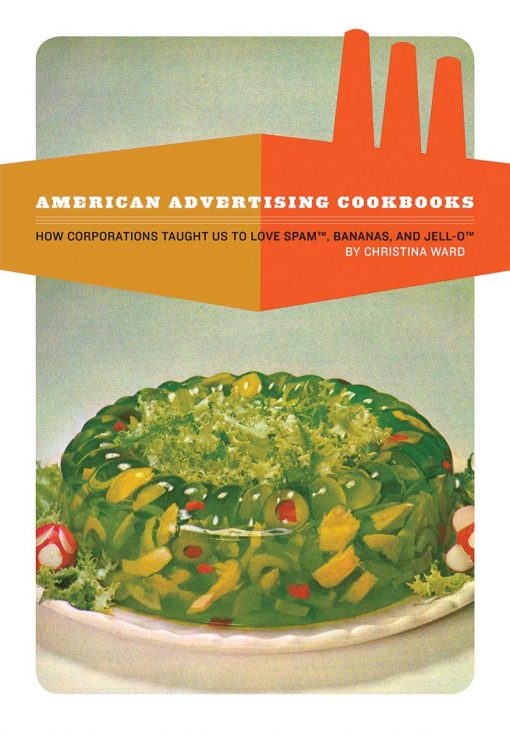
MERRY JANE: American Advertising Cookbooks is a trip! What is the connection between transcendent, hallucinatory drug experiences and corporate foodstuffs?
Christina Ward: Up until the Clean Food & Drug Act of 1906, food and drugs were legally considered the same thing. The growth of consolidated food manufacturers created appalling conditions for workers who processed foods in literal filth. Food contamination was a real threat and fear.
About the same time, German scientists were discovering how to synthesize the healing benefits previously derived from plants. For example, before Bayer created Aspirin, a good housewife would have a supply of willow bark with which to make tea. Later, apothecaries stocked every manner of medicinal plant and knew the recipes to create effective medicines.
So the combination of public outcry against contaminated foods and the desire for the emerging pharmaceutical industry to gain market share ushered in the first food and drug regulations.
It’s that history — that root beer was considered a restorative tonic, and cherry syrup mixed with a bit of morphine (harvested naturally from opium poppies) was used for every manner of cough and lung ailment — that has long blurred the lines between food and drugs.
This is also why the early iterations of Coca-Cola, as most people know, contained cocaine. It’s only in the last hundred years that we have separated our foods from our drugs, but the longtail of memory and branding lives on.
I think the other aspect of modern food marketing that feels psychedelically familiar is that many of the ads, especially those for “junk food,” are playing with the notion of pleasure. Everyone knows that sugar triggers the same opiate receptors in our brains as actual opium… why not focus on the pleasure? In the land of marketing fantasy builders, the relationship one has with a Snickers bar (the cycle of wanting-pleasure-needing-satisfaction) is similar to that of the opiate user.
What are some of the ideas and items you discovered that made you think, “Okay, these people had to be high when they came up with this”?
When the advertising cookbooks hit shelves in the late 1960s to early 1970s, the advertisers went full-on Pufnstuf cuckoo birds. The druggie design aesthetic invaded many of the cookbooks. My favorite example is from the National Kraut Packers Association.
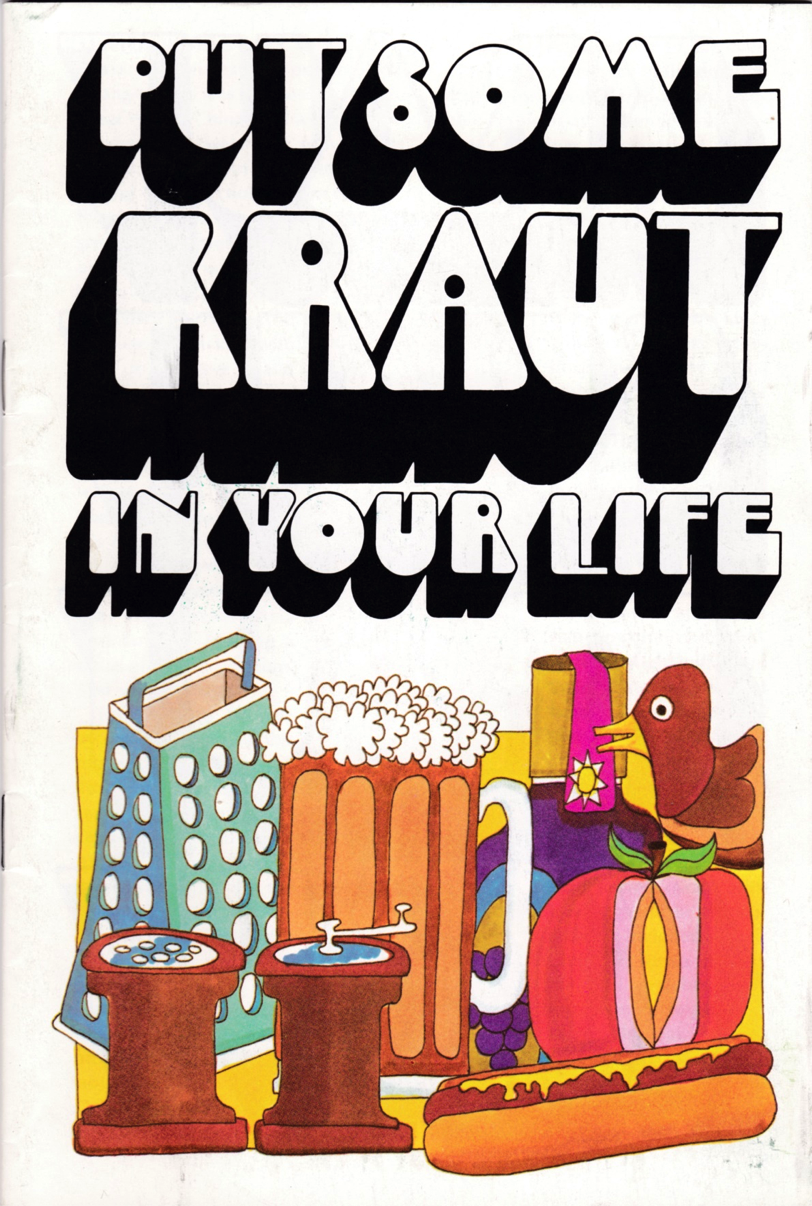
Sauerkraut has to be the very last food that anyone with a case of the munchies thought about pigging out on, but hey, it’s 1970; let’s try to make Kraut cool with the kids!
The recipes included in the early 1970s cookbooks began to get really out there. Whether developers had run out of ideas, or they were smoking boatloads of Maui Wowie, some of the recipes were really over the top.
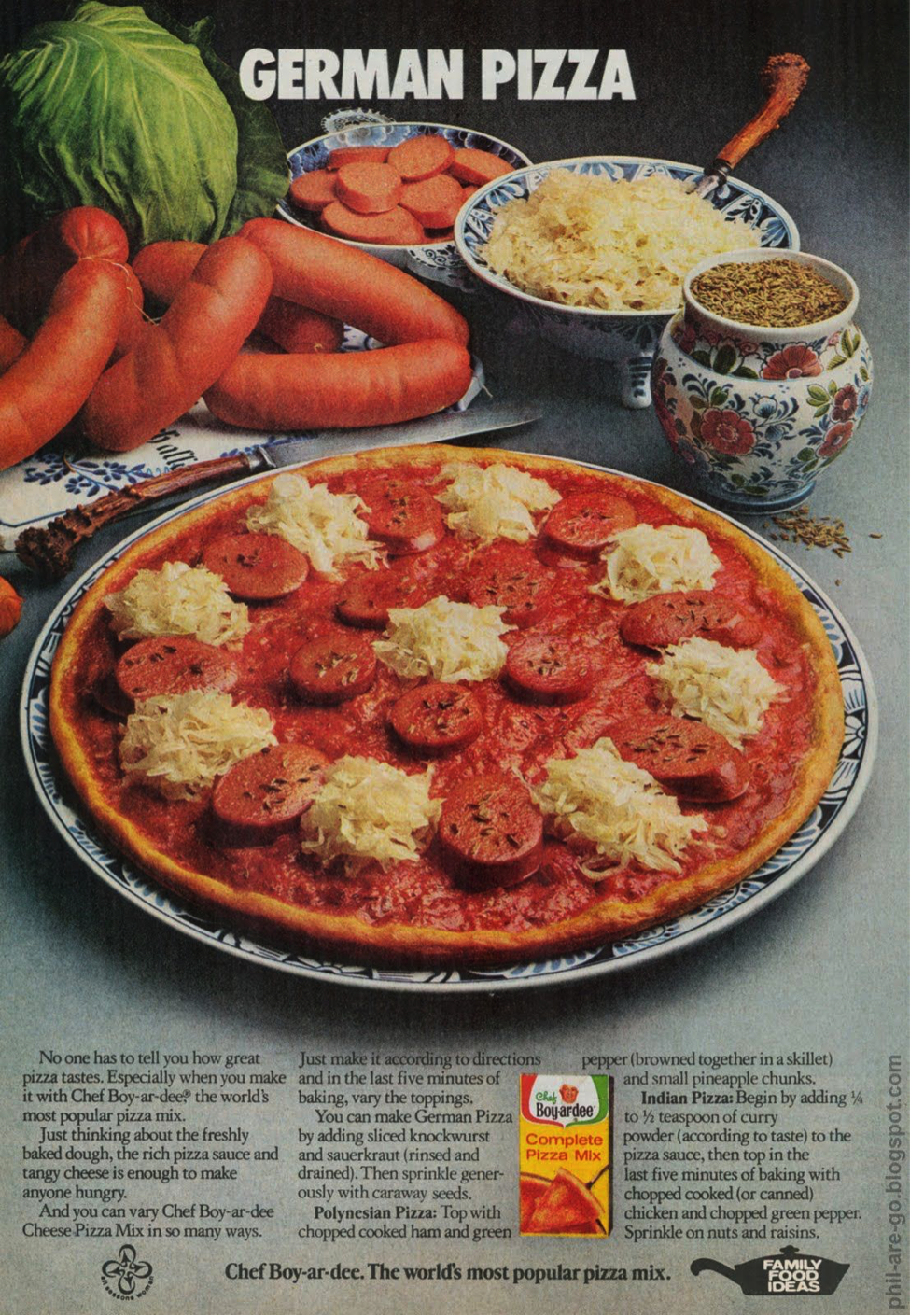
Even the staid Pillsbury National Bake-Off cookbook from 1969 has a much “hipper” design than a few years previous. But by the 1970s, many of the marketers took a “silent majority”-style conservative and reactionary stance. In direct opposition to the hippies, there are cookbooks that hew to the “good old days” aesthetic; harkening back to the pioneer days when women knew their place and Pa could give those long-hairs what for!
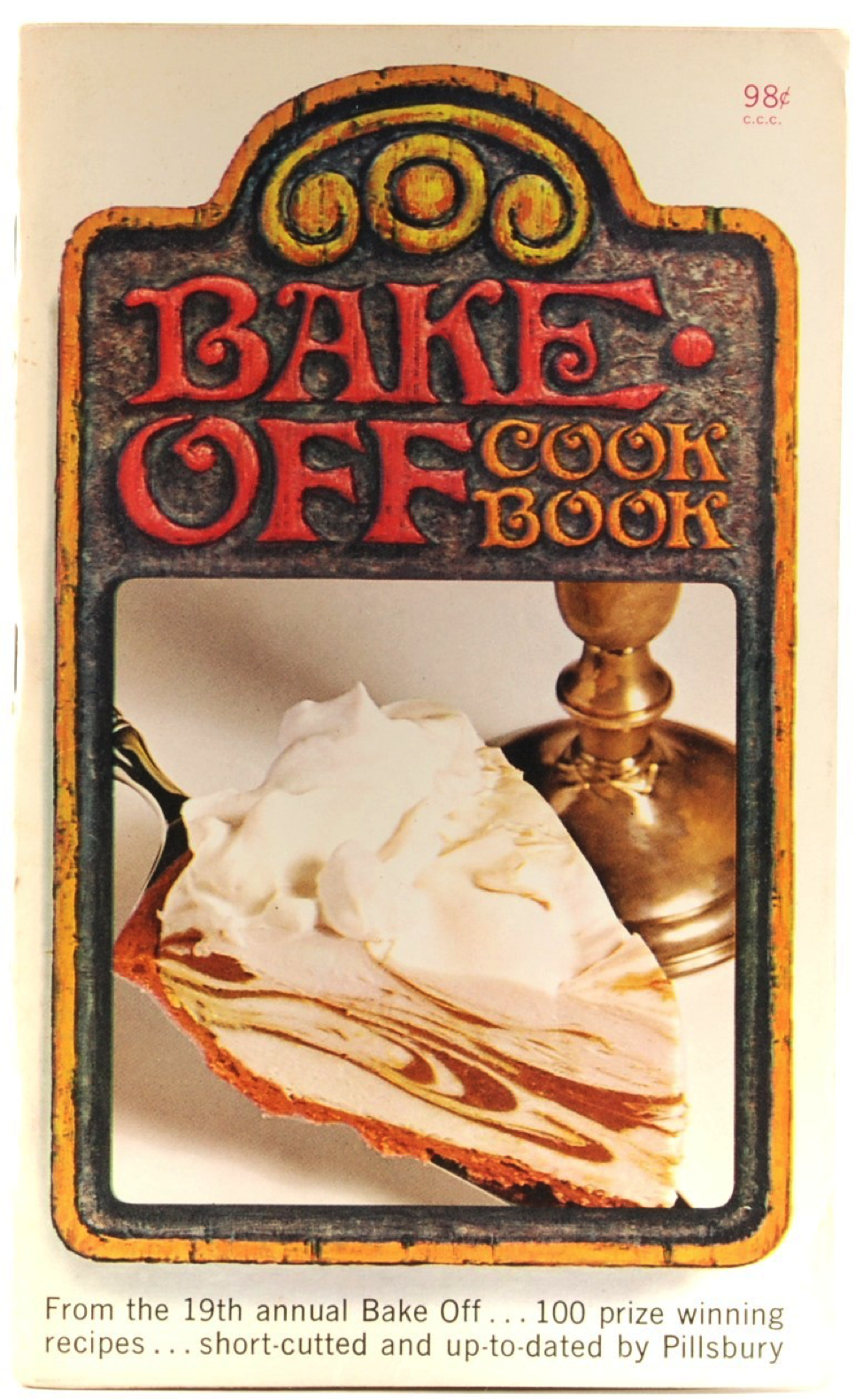
I think younger folks today may not realize that by the 1970s, drug culture was popular culture. Everyone made jokes about and looked at drug use quite casually. In 1978, President Jimmy Carter was seriously considering legalizing marijuana! Yes, there were people morally against drug use — such as Nixon — but many didn’t come into power in the United States until the election of Reagan in 1980s.
You cover the political turmoil and warfare in Central America over bananas in a way that seems to parallel the madness of the drug trade. What are your thoughts on that?
I think the equivalency can be made about any product that can be monopolized and then exploited. It’s why governments enact prohibitive laws — to control who sells a specific product.
The banana plantations of Central America served as the model for later cartel growers of coca and marijuana. They followed the United Fruit business model of monoculture, ruthless competition, and finally market monopolization. In both the banana and drug trade, it’s the people in Central and South America who’ve suffered.
If anything can be learned from my book, it’s that modern corporate culture is a pyramid scheme. Whether it’s food, drugs, or iPhones, it’s an oligarchic monopoly, and, friends, we’re at the bottom of the pyramid!
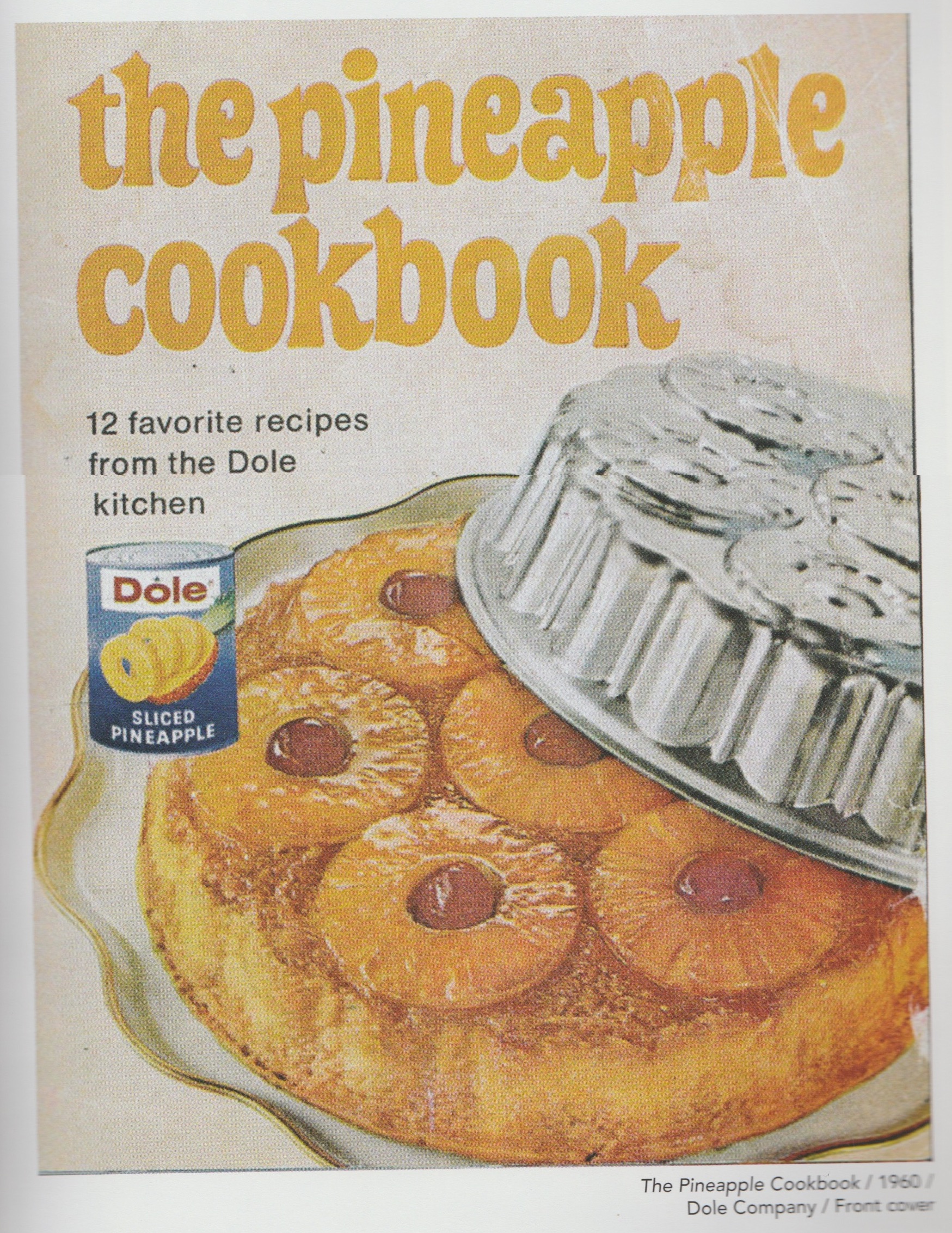
How did the drug revolution of the 1960s impact the corporate food movement?
The advent of drug and hippie culture really hit popular culture in the 1970s, and brought back an idea of “naturalism.” Communes, alternative living spaces, and back-to-land movements all stressed rejection of the over-processed, over-chemicalized, over-saturated foods.
As more and more people rejected Wonder Bread, the very same manufacturers responded with Whole Wheat Wonder Bread. Same crappy bread, but now it’s brown so you can feel good about eating it.
Advertisers know the truth lurking in our darkest of hearts: Very few want to eat low-impact, raw, and ecologically-balanced meals. This goes back to the opiate receptors deep in our brains — we say we want healthy, but we really want that sugar rush, that umami pleasure when the sweet, salty, spicy, and sour [flavors] fire on all our endorphin cylinders.
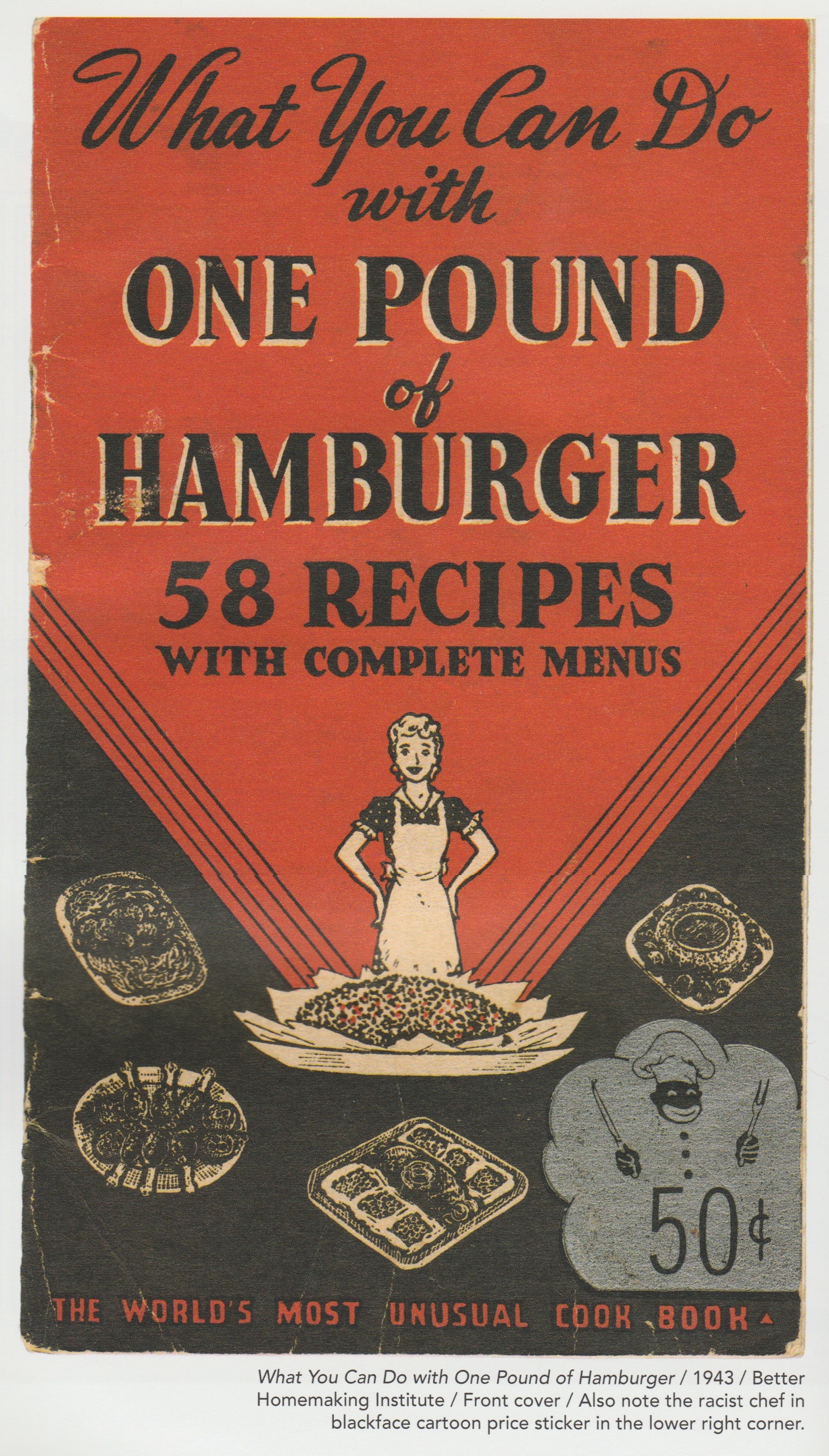
Corporate food processors do not have a conscience; they respond to markets. Look at the fast food companies and their advertising — they have got it dialed in. As the culture has again circled back to marijuana tolerance, they’re not even trying to healthwash their foods. The marketing for Pizza Hut, Taco Bell, KFC, and WingStreet — all subsidiaries of the same company, Yum Brands — is aimed directly with a wink and a nudge to stoners with the munchies.
The truth is that you’re probably not high 24/7, but you’ll respond better to brands that are signaling that they’re part of your lifestyle. It’s a form of “virtue signaling,” where they’re hoping to implant the idea in your head, “I’m gonna get Taco Bell because they understand stoners!”
Now, this isn’t really any different from a company in the 1930s telling housewives that buying Aunt Jemima pancake mix is as good as having a “domestic” in the house. The only thing that has changed is the content of the messaging and who it’s directed at.
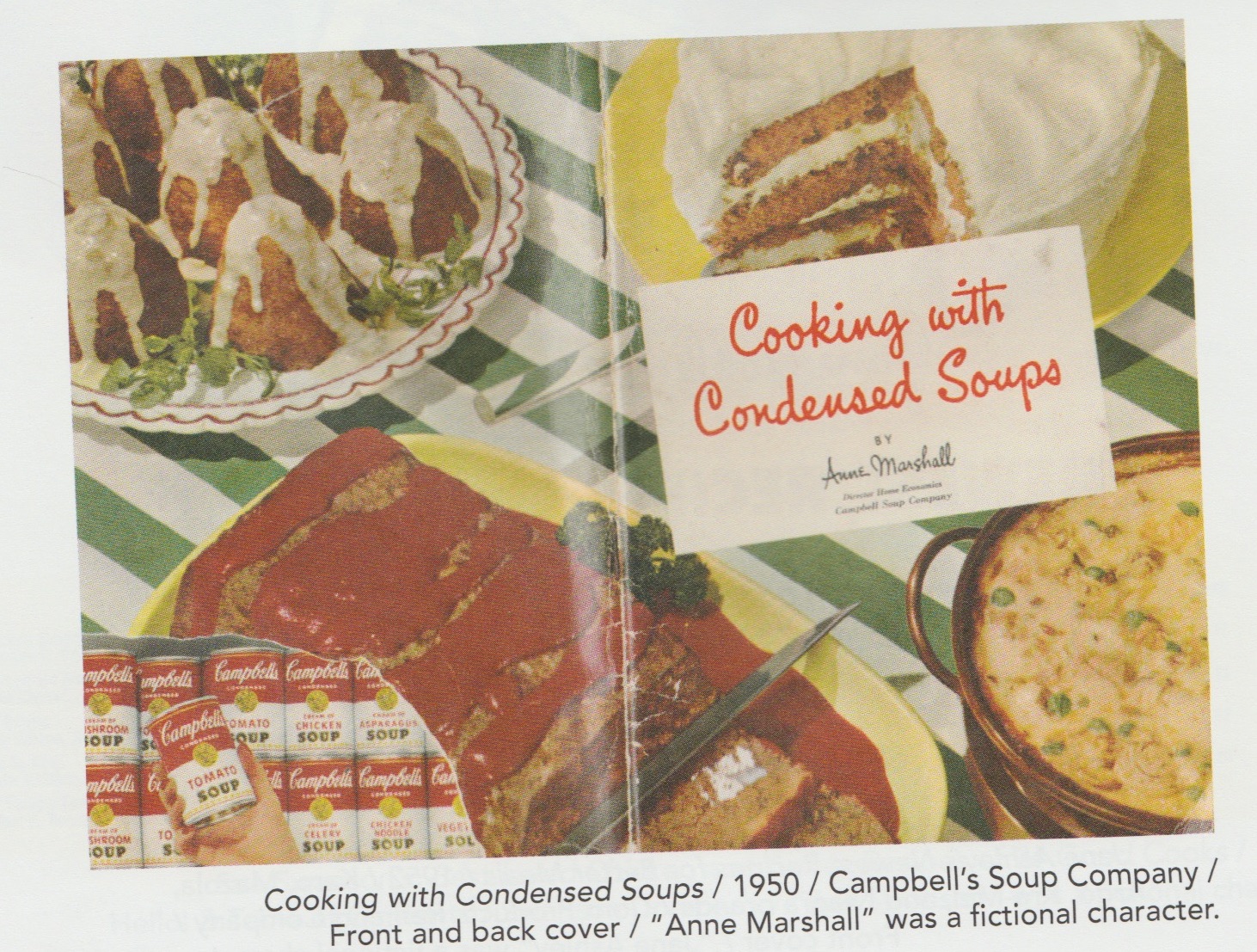
In the ’60s and ’70s, did food companies market specifically to stoners, in the manner of, say, Disney’s psychedelic advertising for a hippie-era release of Fantasia?
They did not. These were, and still are, monolithic companies who were quite conservative in their marketing directives. The ‘70s and ‘80s saw more underground marketing of trends communicated through movies, music, and magazines. Corporate marketing departments did try to adopt some of the tropes of the drug-influenced culture, but as you can see from the Hellmann’s Mayonnaise advertisement, it doesn’t work. The groovy people were not into mayo!

Does anyone really like Funyuns? Yet it’s a cliché to characterize a stoner by portraying someone drinking Mountain Dew and binging on a bag of Funyuns. The foods that became “stoner” foods were the ones that hit that umami; the sweet, salty, sour, spicy combination. Our brains love that.
Now, all the snack chips come in with amped-up flavor combinations to satiate that desire. It’s also why, when you’ve got cannabinoids in your system, the hypothalamus (which controls hunger responses) gets a bit short-circuited and makes you want to eat All The Things.
I had a friend who’s favorite munchie meal was a bowl of sugar frosted corn flakes and a tuna fish sandwich. If you’re not high, that’s a repulsive combination of foods. But if your hypothalamus is jumping and your opiate receptors want to get in on the action… well, that’s the kinda combination that will make your brain happy.
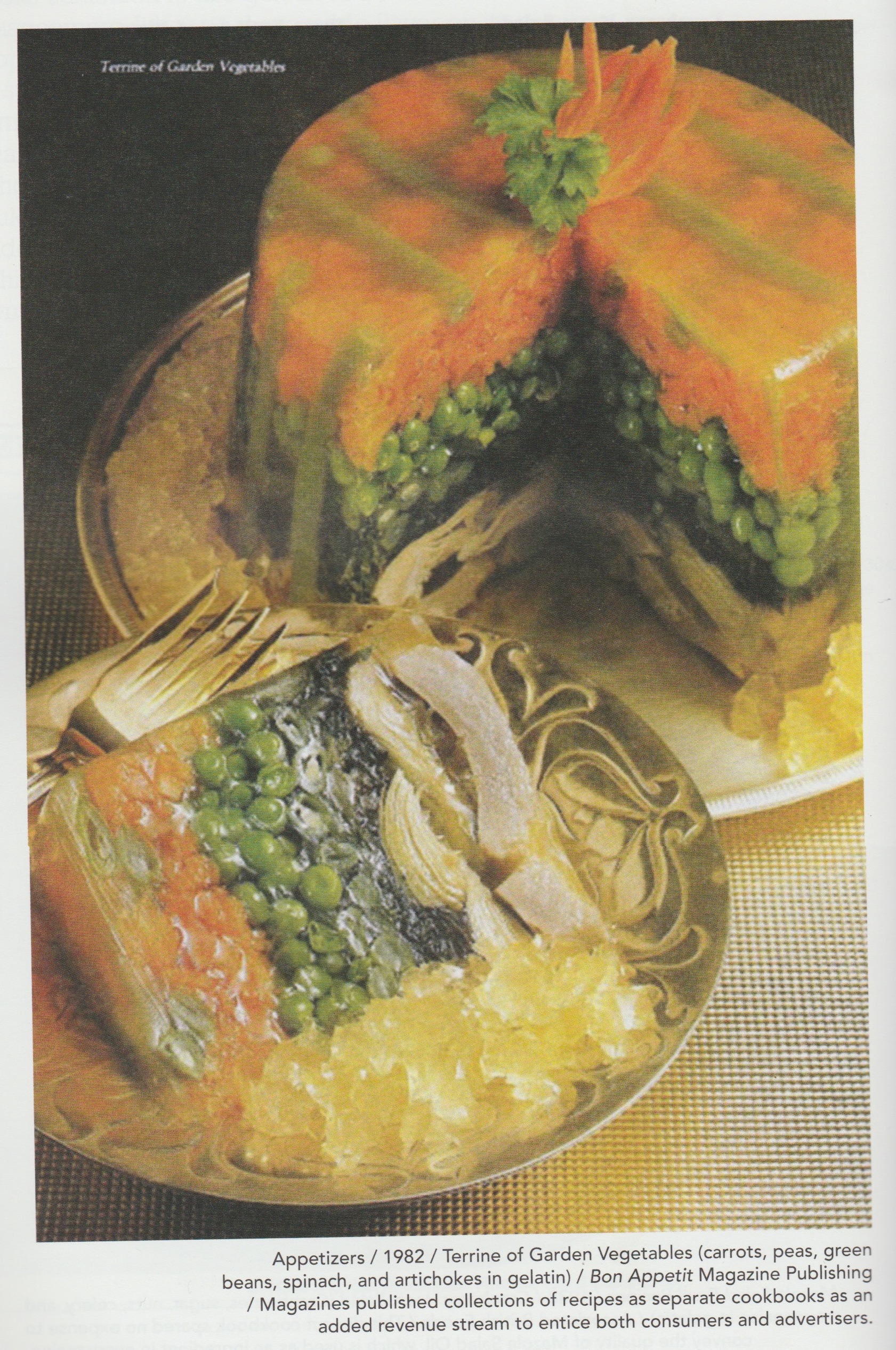
What brought about the end of this corporate food movement as its covered in the book?
The Internet of course! And cable television. Cooking shows and those sped-up food videos that litter social media have replaced corporate cookbooks. Mind you; these are still corporately sponsored. It’s just a different medium.
Fast foods have picked up the advertising mantle and are creating “stoner” specific advertising. Ben & Jerry’s and Burger King both released 4/20 commercials, for example.
But the winner by far is Wingstop, who in 2017 created this trippy phantasmagorical animated ad that featured repetitive songs, psychedelic images, and plain old high weirdness. There was a 60-second version, and, for the full bonkers effect, a ten-minute version.
What are some classic-era recipes that actually do seem like they’d be great for the munchies?
I think the recipes that stand the test of time are the ones that are easy to make and hit the sweet/salty ratio. Hot dogs wrapped in a slice of American cheese then wrapped in a slice of bread comes to mind. That may sound like a Hooter’s appetizer, but there are variations on that recipe since the 1940s as a way to dress up a wiener when eating press meats was encouraged as part of the World War II food rationing efforts.
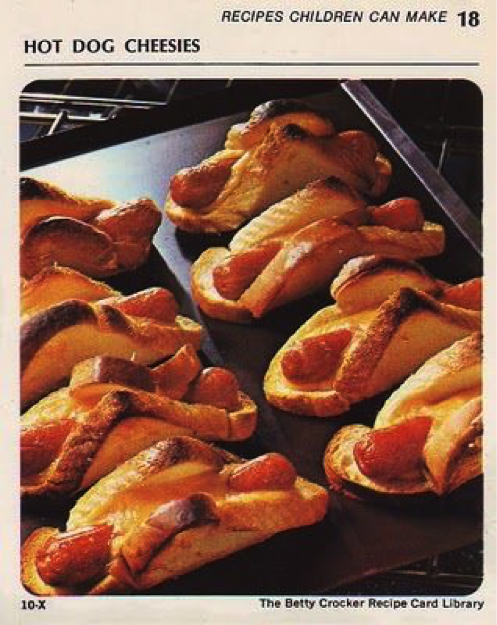
As marijuana becomes more and more of a regular recipe ingredient, how do you think the classic-era advertising cookbooks would have handled it?
Based on what advertisers did with every other “new” ingredient, they would create an advocacy council and publish a series of recipes for breakfast, lunch, dinner, dessert, and snacks, hoping one or two might become popular. Some would be surprisingly good while others would be gut-wrenchingly awful. But they would all try to reach back to a familiar recipe to make the new ingredient more acceptable.
The first pot consumables folks made at home were cookies and brownies… because everyone loves cookies and brownies! Selling folks on marijuana tuna fish casserole would be a challenge. That’s not to say it wouldn’t appeal to some very high person out there…

Can you create a recipe for us that captures the spirit of vintage corporate food with a 2019 cannabis spin?
I’m a fan of the classics. Here’s the Malt-O-Meal Brownie Recipe; just substitute cannabutter for the margarine.
I want to give the nod to the recipe development team at Post Brands — check out the last line of the directions, which are taken directly from their website: “Brownies can be frozen and eaten directly from freezer.” Ha! That’s totally a stoner move.
Ingredients
– ½ cup Butter ( Use Cannabutter for a THC treat.)
– 1 sq. (1-oz.) semi-sweet baking chocolate
– 1 cup sugar
– ½ cup all-purpose flour
– ½ cup CHOCOLATE MALT-O-MEAL®, dry
– 2 eggs
– 1 teaspoon vanilla
– ½ teaspoon baking powder
– ½ teaspoon salt
– ½ cup semi-sweet chocolate chips
– Yield: 18 brownies.
Directions
– Heat oven to 350°F
– In a 2-quart saucepan, melt butter and chocolate over medium heat
– Add remaining ingredients; mix well
– Pour into a 9-inch square pan
– Bake for 25-30 minutes or until toothpick inserted in center comes out clean
– Cool completely; cut into bars
– Brownies can be frozen and eaten directly from freezer.
For more on "American Advertising Cookbooks," visit Christina Ward's website here
Follow Mike McPadden on Instagram


